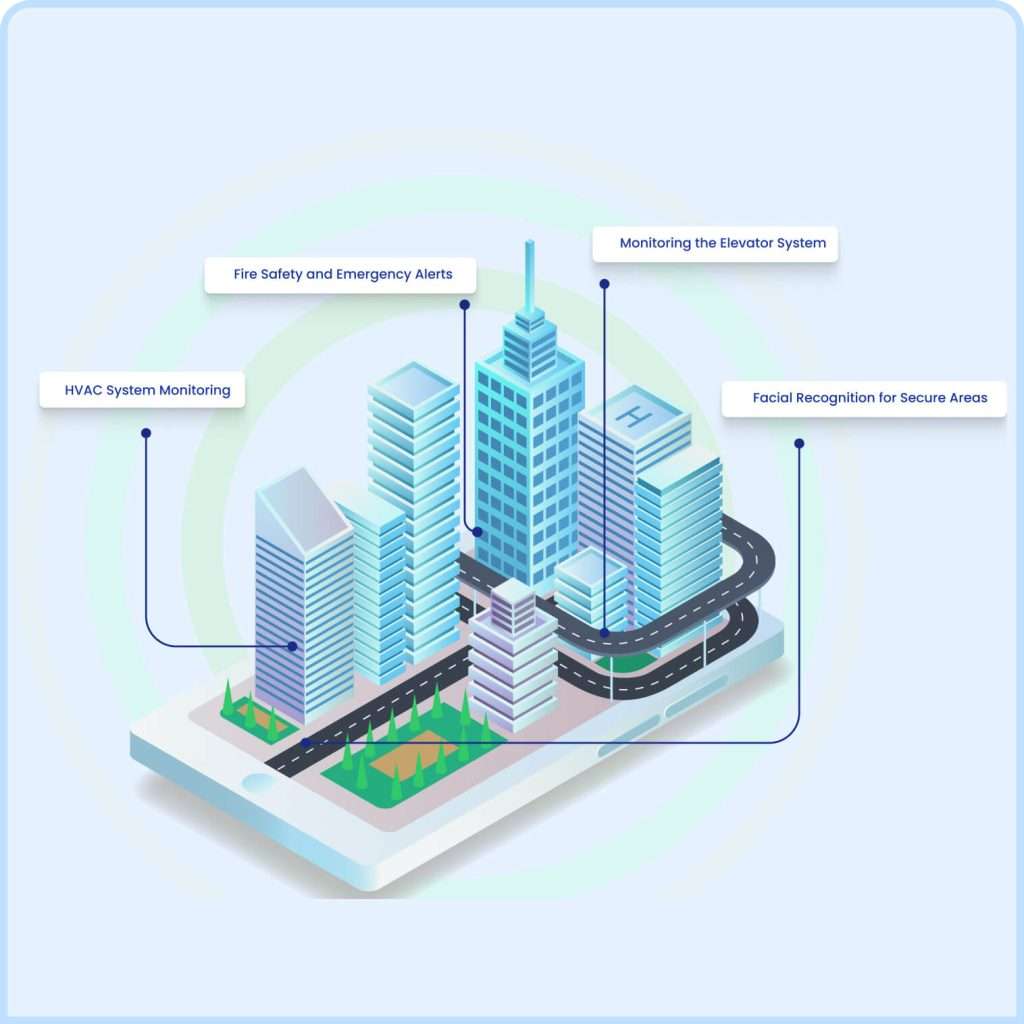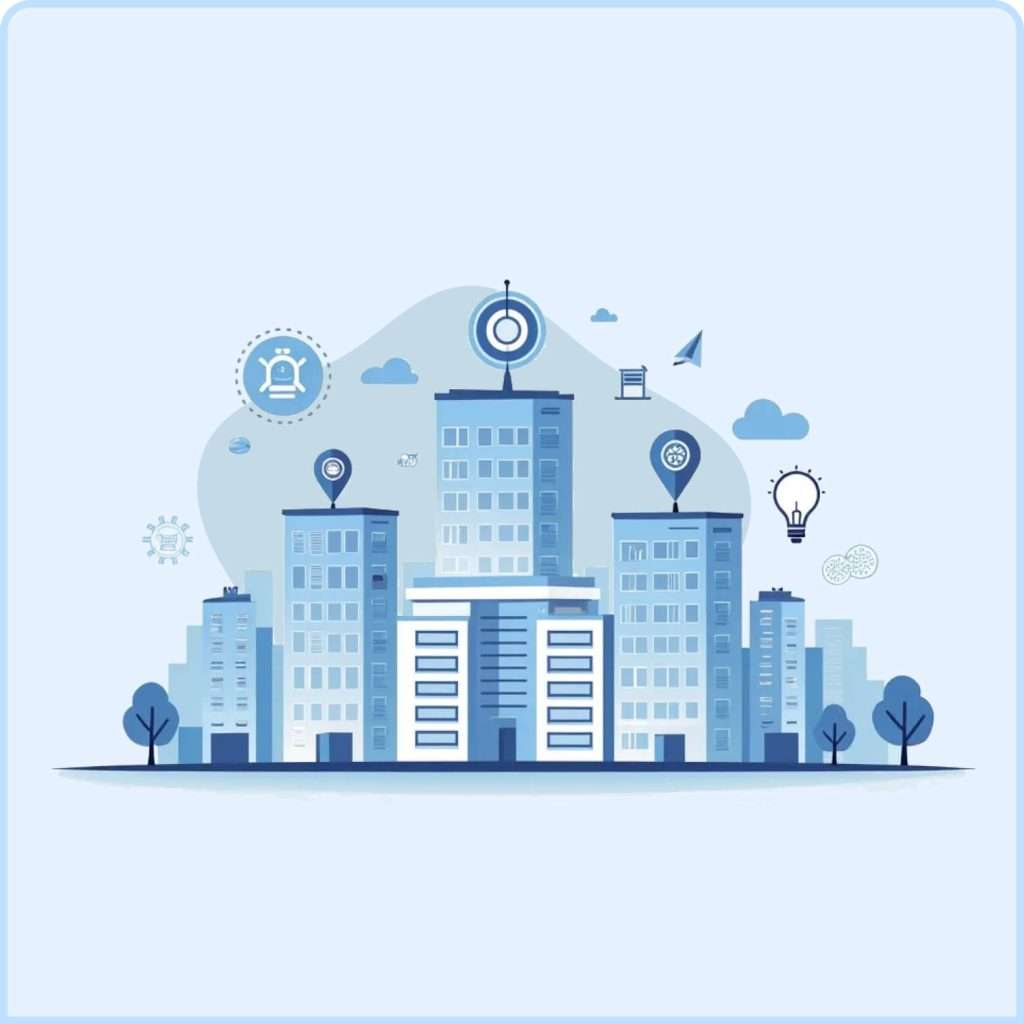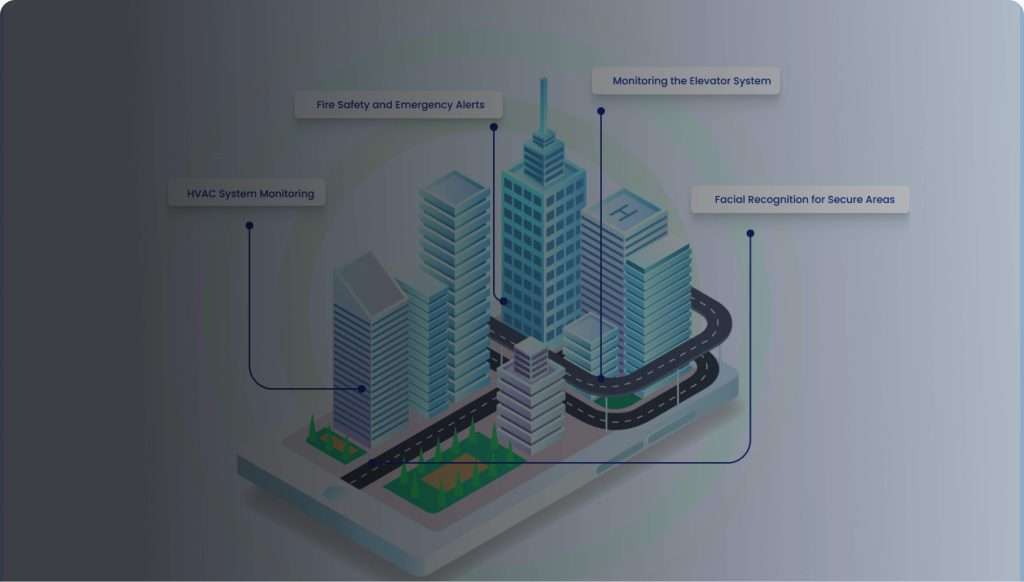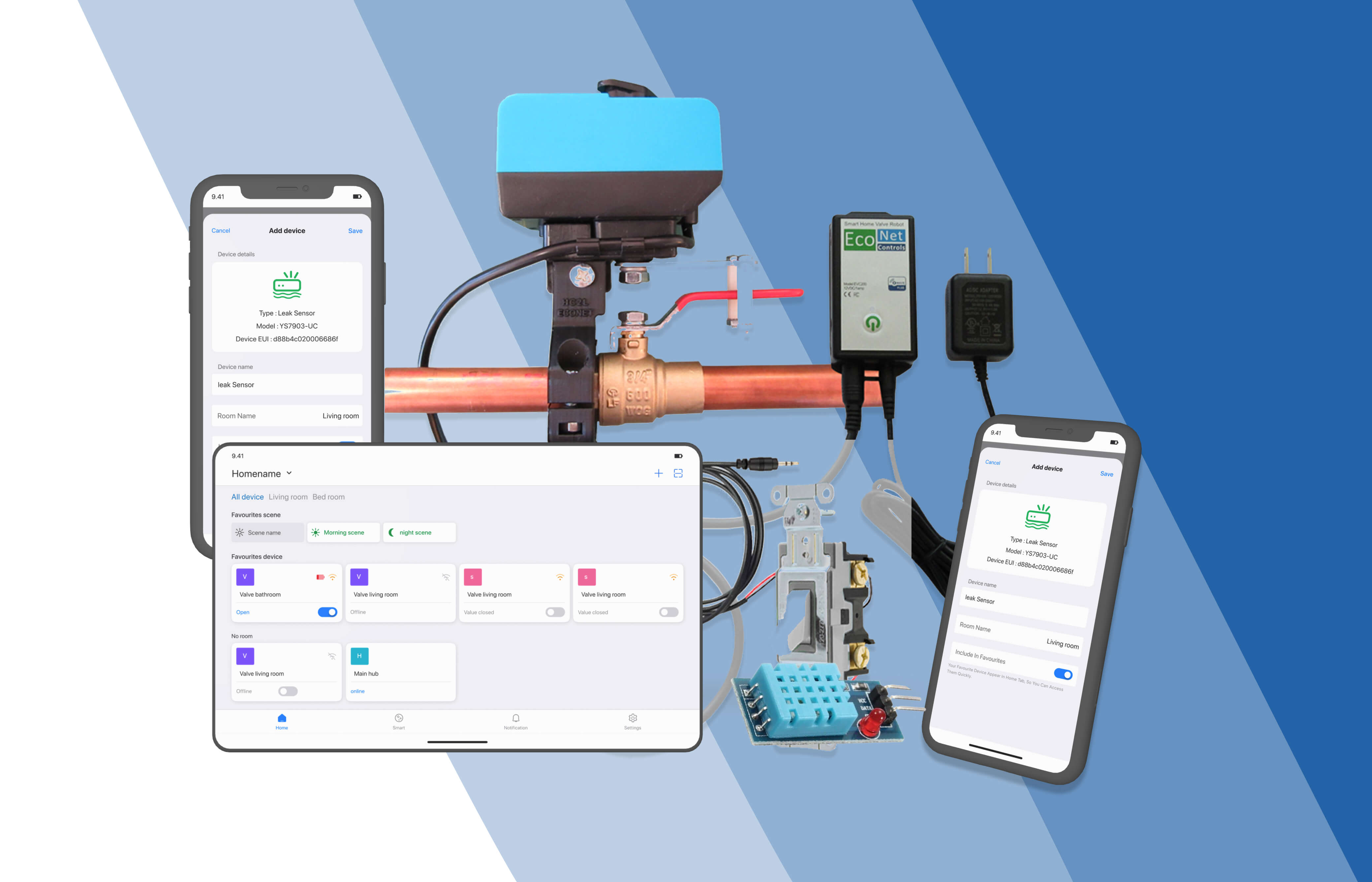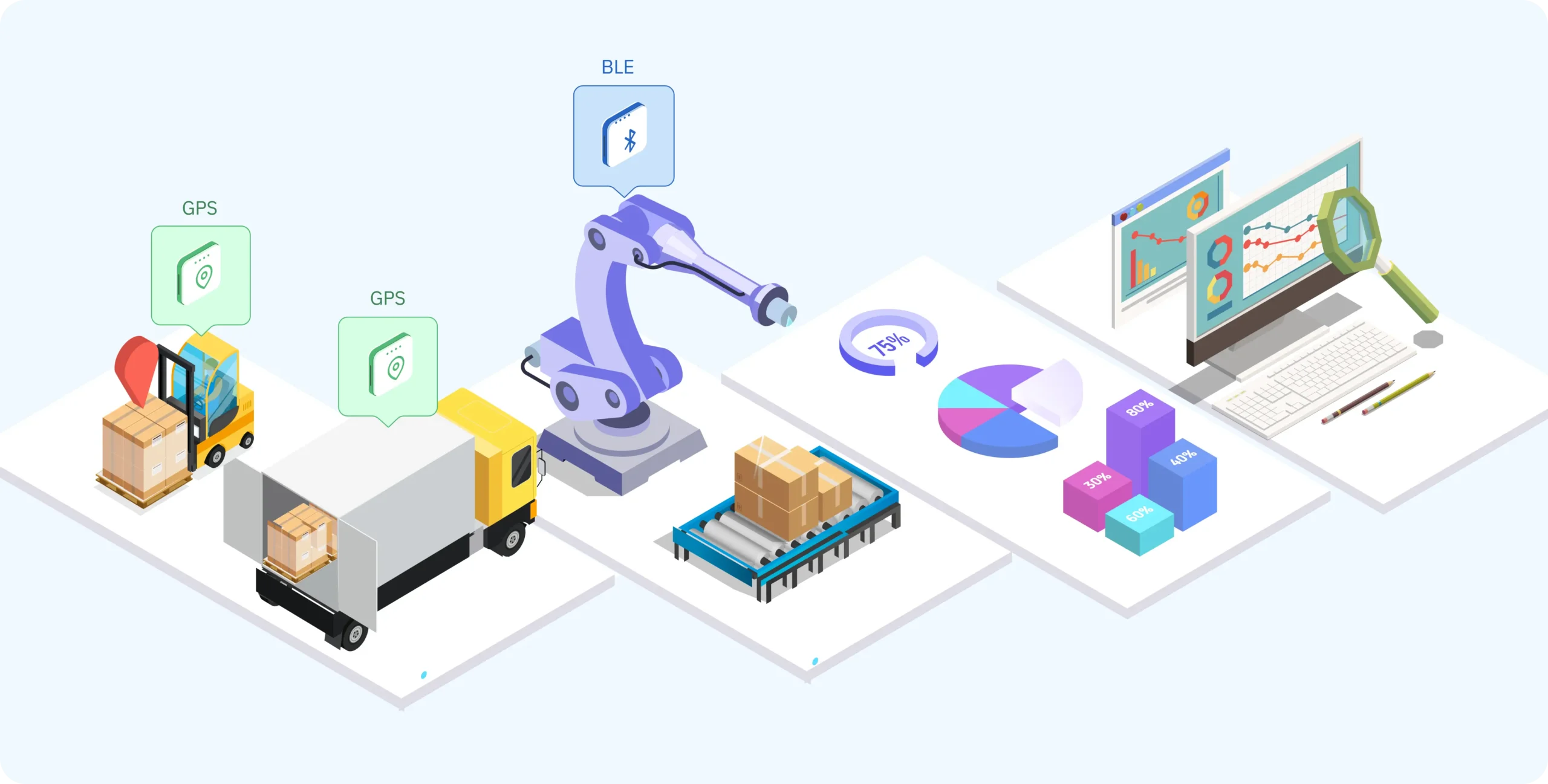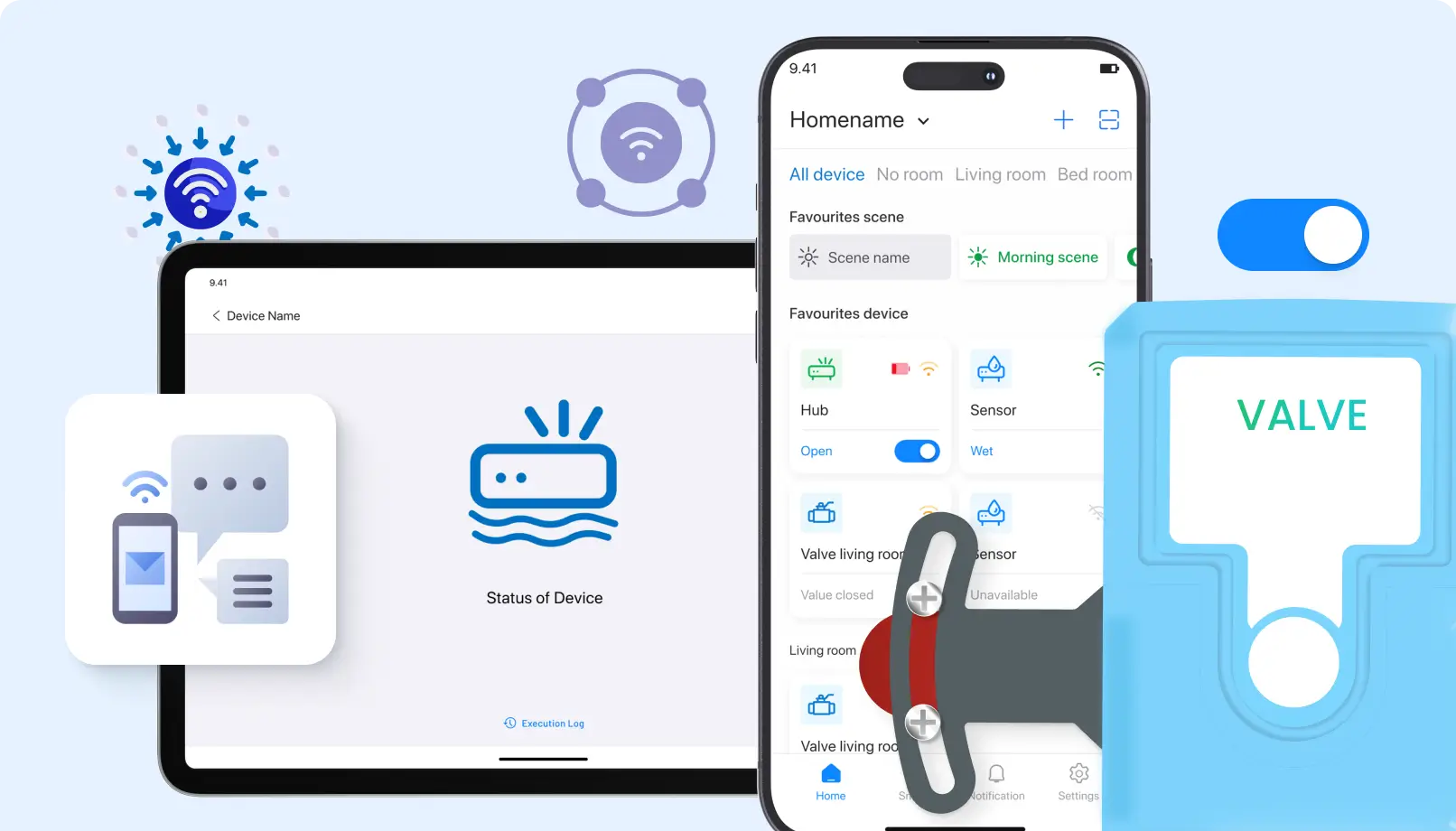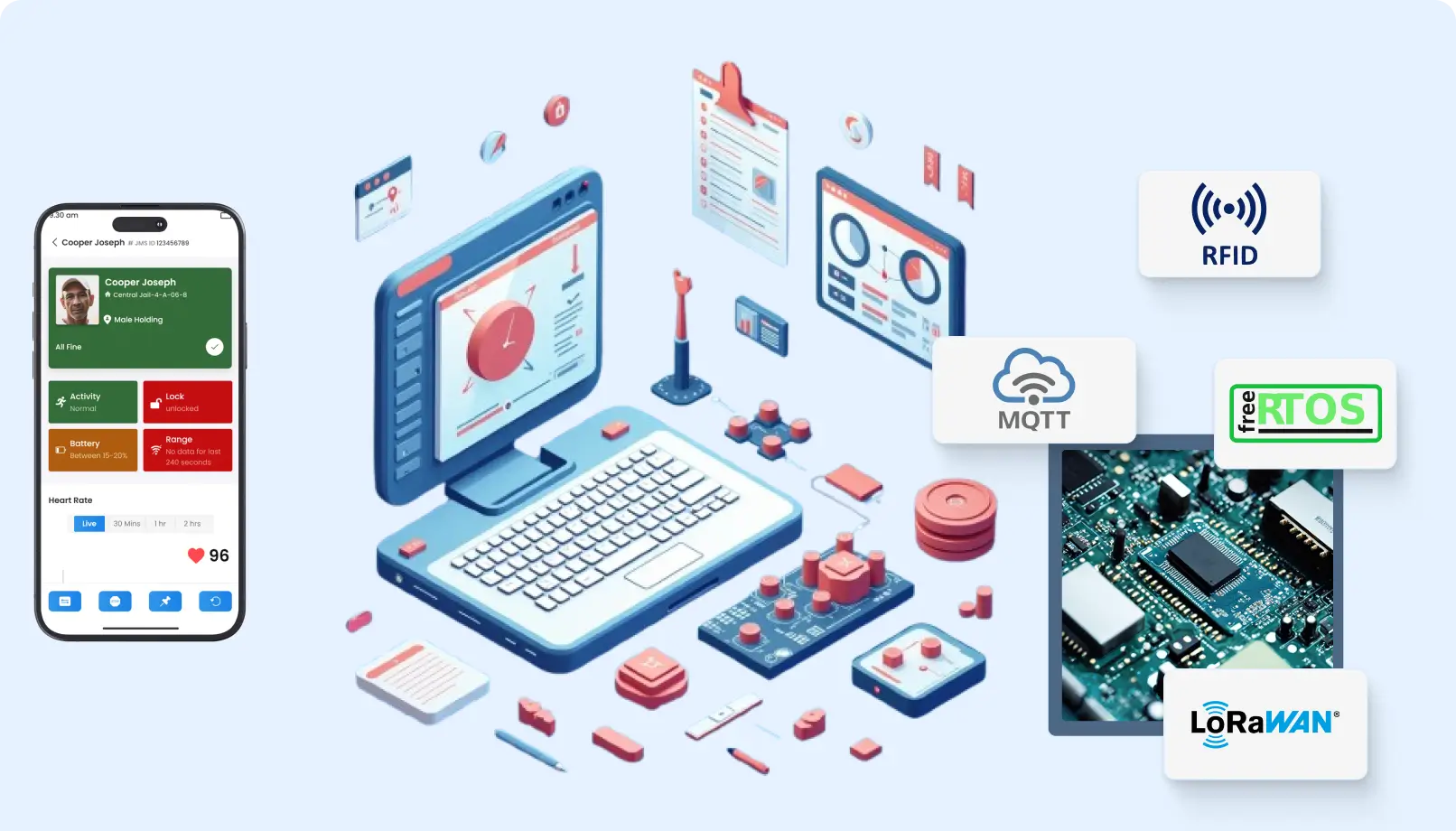1. Real-Time Monitoring Alerts
Use Case: HVAC System Monitoring
Heating, ventilation, and air conditioning (HVAC) systems are some of the most important factors for comfort level and energy efficiency in big commercial buildings. IoT sensors monitor temperature, humidity, and air quality in real time. For example, if a sensor detects that the temperature in a zone exceeds given thresholds, it sends an alert to the facility manager through the IoT dashboard. Such early detection can then allow for quick adjustments or repairs to minimize occupant discomfort and reduce the energy load on HVAC systems.
Example: Intelligent office building with temperature sensors. Such a building automatically alerts a certain number of occupants in a particular meeting room to the fact that they are overheating. Airconditioning can automatically be corrected to keep it comfortable in that room.
Use Case: Fire Safety and Emergency Alerts
Smoke and fire sensors are part of the IoT dashboard that continuously monitor fire safety systems. In case smoke or fire is detected, automated alerts are sent not only to the management of the building but also to emergency services. This can initiate evacuation protocols immediately, while access control systems ensure that doors in unaffected areas remain unlocked for evacuation purposes.
Example: Intelligent smart shopping mall. There is a smoke detector that early detects smoke in the underground parking. System automatically sends real-time alerts to the security of the building and fire departments. The same time, it guides the visitors to safe exit using IoT connected digital signages.
2. Energy Efficiency and Sustainability
Use Case: Monitoring Energy Consumption
This leads to the IoT sensors that can distribute throughout the building in order to continuously monitor energy consumption considering lighting, HVAC, and electrical systems. The sensors then give highly granular data on how much energy is consumed at particular points within the building, during certain hours of the day. In all cases, the IoT dashboard offers these data to help identify areas of inefficiency and provide recommendations to prevent energy wastage.
For instance, a smart campus follows energy usage in various buildings and finds that at certain off-peaking hours, some classrooms are unnecessarily kept on. The system suggests adjustments to lighting schedules or changes to motion-detecting lights. And slowly but surely, the university cuts its energy bills and its carbon footprint.
Use Case: Solar Power Optimization
An IoT-enabled smart building installs solar panels, and then connects real-time production and consumption through sensors so that it can precisely predict energy demand patterns. During such periods, the facility manager can adjust their reliance on renewable sources, therefore, it can also store surplus energy in a battery during high-demand periods.
For example, in an intelligent residential apartment, the photovoltaic panels will constantly generate power throughout the day. At the same time, the occupancy sensors will detect that most people are away from home; then, the system transfers extra solar energy to charge the battery systems or to common facilities, like a gym or a social hall. This way, energy influx from the grid is lessened and thus sustainability is enhanced.
3. Predictive Maintenance
Use Case: Monitoring the Elevator System
IoT sensors continuously monitor and record vibration, speed, door movement, and electrical consumption in elevator systems. From these data collections, an IoT dashboard can predict when failure will occur in some elevator components so that facility managers can schedule repairs before the actual breakdown happens.
Example: A smart skyscraper applied predictive maintenance for its 20 elevators. The IoT dashboard showed a reduction in the door response time of one of the elevators, indicating that wear and tear could be going on in the motor. The assigned precautionary maintenance was therefore executed by the assigned technician, and the elevator did not fail, avoiding the downtime and potential disturbance to the occupants of the building.
Use Case: HVAC Filter Replacement
For example, in HVAC, they monitored filters and other parts rather than waiting for regularly scheduled maintenance. When sensors determine that a filter is approaching the end of its lifecycle, based on real-time performance data, the dashboard schedules a replacement to prevent system inefficiency or breakdown.
Example: An IoT-enabled smart hotel chain fits the HVAC filters with IoT sensors. Wherever sensors around the hotel detect that the filters of a zone are choking, it automatically triggers a request for replacement. Thus, the system will always be efficient without compromising on the quality of air and save much energy that would be consumed when forced to work due to dirty filters.
4. Occupancy Management
Use Case: Adaptive Lighting and HVAC
IoT sensors determine the count of people in various rooms or zones of the building. IoT dashboard dynamically adjusts lighting and HVAC systems based on data it gathers for optimal energy usage. When the room is empty, the system dims the lights or turns them off and adjusts the HVAC to the energy-saving mode.
Example: In an intelligent corporate space, an IoT system detects that a meeting room has been vacated earlier than scheduled. The lighting and air conditioning are automatically reduced to save energy. At the same time, occupancy sensors detect it is the peak lunch period in a cafeteria; the HVAC system is controlled real time accordingly to maintain the environment.
Use Case: Space Utilization Optimization
Most IoT dashboards tend to analyze real-time data regarding occupancy, hence giving way to enhanced spaces for managers of the facilities. Such an occasion can then help repurpose underutilized spaces, thereby enhancing high-traffic areas for better comfort and efficiency.
Example: A smart co-working space uses occupancy sensors to track how often different spaces are utilized. Via the IoT dashboard, management discovers one wing of the building is relatively underutilized at peak hours and turns it into more meeting rooms to accommodate the demand.
5. Security and Access Control
Use Case: Remote Access Management
One of the ways facility managers use IoT-enabled access control systems is through remote monitoring and controlling of building access. Their integration with IoT dashboards allows for the real-time granting or withdrawal of access to certain areas, monitoring of entry points, as well as alarms for any form of suspicious activity such as unauthorized access.
Example: In a smart hospital, only true individuals are granted access to pharmacies or ICUs. Access attempts are logged through the IoT dashboard and alerts are triggered if an attempt is made by an unauthorized user without proper credentials. Moreover, security staff can also lock or unlock the doors from the dashboard at the time of emergencies.
Use Case: Facial Recognition for Secure Areas
High-tech IoT security systems use facial recognition sensors to grant or deny entry to secure zones. They are included in the IoT dashboard, tracking entry access and alerting any suspicious attempts to gain access to a secure zone.
Example: In a smart data center, very few employees are allowed to enter the server rooms. Facial recognition sensors can be connected to an IoT dashboard that checks who is entering. If any unauthorized person tries to enter, the system sends real-time alerts, and locks down the area because of which breaches cannot happen.
Conclusion
The emerging activity known as IoT dashboards is revolutionizing the processes of managing buildings by connecting sensors in all manner of configurations to monitor and control key parameters within a building. When it comes to optimizing energy use and security, increasing capacity to predict equipment failures, and furthering the goal of maximizing space utilization, real-time insight adds to facility managers’ decision-making capabilities. The merging of sensor technology with IoT goes beyond mere automation toward actionable intelligence, thus serving further goals of sustainability, operational efficiency, and enhanced occupant experiences in smart buildings.
